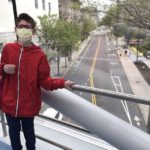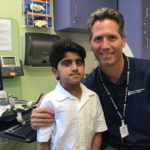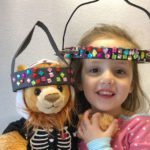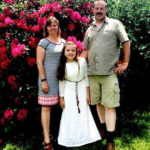Beating the odds and neuromuscular scoliosis: Colin’s story
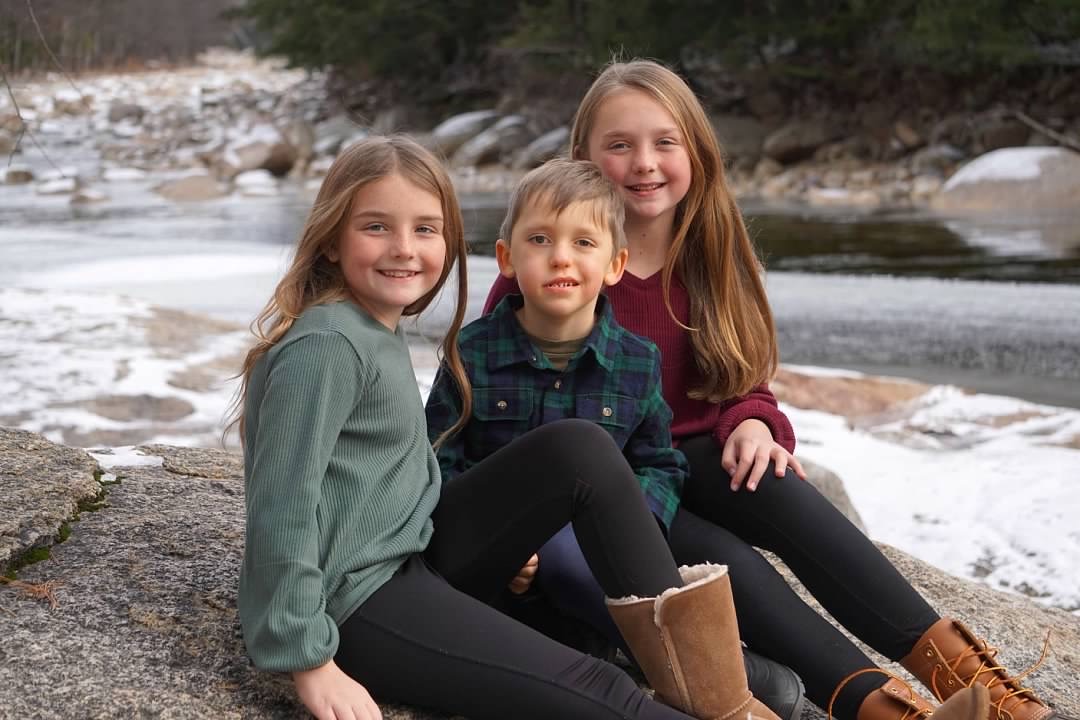
Colin Newton has a way of surprising people. Born with a rare neuromuscular disorder, he spent the first three months of his life in the intensive care unit (ICU) struggling to breathe. Two and a half years later, and eight months after he underwent spinal surgery for neuromuscular scoliosis, Colin went skiing for the first time.
Colin was born with nemaline myopathy, a condition that causes severe muscle weakness throughout his body. “Colin’s diagnosis was unexpected,” says his mom, Erin. After a typical pregnancy and delivery, Colin immediately showed signs of respiratory distress and severe muscle weakness (hypotonia). “As a newborn, Colin could barely move a muscle and his reflexes were virtually nonexistent. He needed mechanical assistance to help him breathe and a feeding tube to help him grow.”
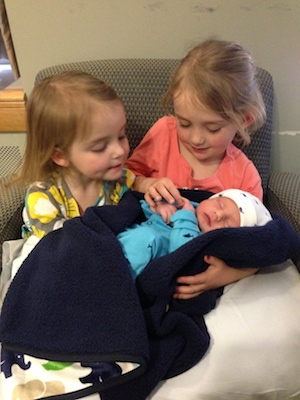
Throughout Colin’s time in the ICU, the Boston Children’s Hospital Critical Care, Anesthesia Perioperative Extension (CAPE) and Home Ventilation Program tended to his respiratory issues, finding the least invasive means possible to help him breathe. When Colin was 3 months old, the CAPE team provided home support, enabling him to go home for the first time.
But Colin’s health remained tentative. In addition to muscle weakness and breathing problems, he had a severe leftward curve in his spine. This curvature constricted his left lung, causing the lung to collapse repeatedly. This made him prone to pneumonia. In total, Colin spent more than a third of his first year in respiratory distress and hospitalized. He and his family celebrated his first birthday in the ICU.
Limited by infantile scoliosis
Colin’s scoliosis was visible in x-rays and to the naked eye. His body curved to the left. When his parents held him, they could feel his back arching under his shirt. When they tried to sit him up, he struggled to maintain his balance. “We could tell he wanted to be social but he couldn’t sit up without supporting himself with his arms, and he couldn’t play while supporting himself,” remembers Chris, Colin’s dad. “We have a video of him at 10 months old trying to play with his sisters. He was clearly frustrated.”
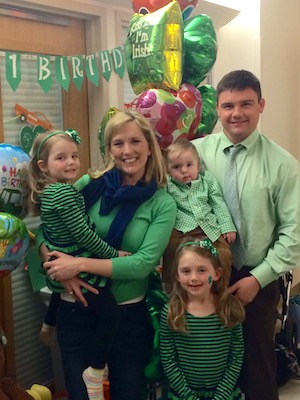
Dr. Timothy Hresko of the Spine Division got involved in Colin’s care when he was 1 year old. In collaboration with the CAPE team, Dr. Hresko had Colin fitted for a body brace in hopes that the added stability would create space for his left lung to function. But his respiratory problems continued. When Colin was 2 years old, Dr. Hresko implanted growing rods to stabilize his spine.
It was not an easy choice to operate on such a small, fragile child. But from a clinical standpoint, Colin’s scoliosis and respiratory issues had not improved with bracing. From a quality-of-life standpoint, Colin could not thrive in such an unsupported state. After lengthy discussions, Erin and Chris, Dr. Hresko, and the CAPE team doctors, Dr. Robert Graham and Dr. David Casavant, agreed that surgery was the best possible option.
“We were very much a part of Colin’s team,” says Erin. “As parents, we appreciated the fact that Colin’s doctors saw him as a whole person. They recognized how social he was and eager to take part in the world. Together we decided that surgery would give him the best possibility of achieving that.”
Colin thrives after spine surgery
Once again, Colin surprised everyone. After the operation, instead of spending a month in the hospital as expected, he went home in one week. “He was a rock star,” says Chris. Soon, Colin could take bigger, deeper breaths and use his arms to play with his sisters. “The more he played, the stronger he became.” The operation took place in the spring. The following winter, he joined an adaptive ski program.
For the next three years, Colin returned to Boston Children’s at regular intervals where Dr. Hresko would lengthen his growing rods. The operations were not all easy. Sometimes after a lengthening procedure, Colin recovered quickly. Other times, he needed unplanned surgery to replace a broken rod.
Even in the midst of such challenges, Colin continued to thrive, developing a gregarious personality and a wide range of interests. He started cartooning and creating his own comic books. He became adept in his manual wheelchair and started swimming independently, horseback riding, and skiing in the winter. And then came a momentous day. Five years after meeting Dr. Graham in the ICU, Colin went skiing with his doctor, making a once far-off milestone a reality.

By the time Colin turned 6, his first set of growing rods had reached their full length. And his spine was strong enough for MAGnetic Expansion Control (MAGEC) rods that could be lengthened without surgery.
Again, Colin’s team convened, evaluated the benefits of another major surgery, and decided to move forward. The procedure was scheduled for the spring of 2020. For a while, COVID-19 put the timing in question, but by May, infection rates in Massachusetts were going down. That, plus the strict safety measures at Boston Children’s, helped his parents and care team decide it was in Colin’s best interest to proceed.
The surgery took place on a Monday. After five days in the ICU, and overcoming some difficult respiratory issues, Colin went home on Friday. That same afternoon, he wheeled himself outside and helped his father wash the car.
Helping Colin be Colin
“We’ve been lucky to have providers who work together as a team,” says Erin. She and Chris have worked with countless clinicians over the past six years and take pride in being a patient family at Boston Children’s. “Dr. Hresko has always looked at Colin as a whole person. He could see how motivated Colin was, how social he was, and how important it was to him to be able to play with his sisters.” For Colin and his family, that has made all the difference.

Learn more about the Spine Division and the Critical Care, Anesthesia Preoperative Extension (CAPE) and Home Ventilation Program.
Related Posts :
-

Spinal fusion surgery during COVID-19
If things had gone according to plan, Jared Cohen would have had spinal fusion surgery during his April vacation. His ...
-

Saif looks ahead to life after spine surgery
Saif and his mother, Khawha Abbas, both had questions for Dr. Daniel Hedequist. For the past nine months, the family ...
-

Gracie’s complex spine
Halloween 2018 was no ordinary ghouls’ day for Gracie Neef. She and both her parents dressed up as the witches from “...
-

Congenital scoliosis: Maria’s story
Growing up in a big family helped. When Maria Dupuis came home from the hospital after surgery to correct her ...


